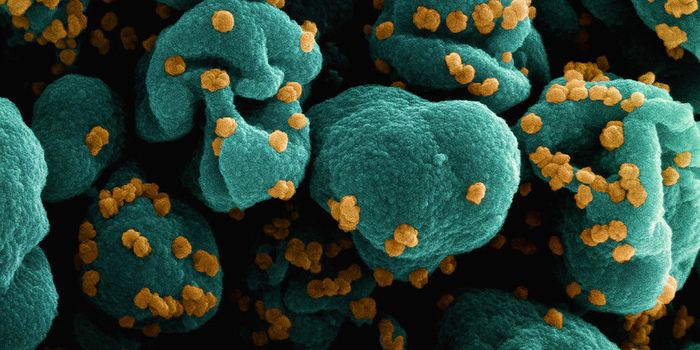An Ebola Outbreak in the Democratic Republic of Congo
In August, the World Health Organization (WHO) declared that an Ebola outbreak was happening in the Democratic Republic of the Congo. As of August 29, 2018, there were 86 confirmed, and 30 probable cases; 77 deaths are thought to have been caused by the virus, 47 of those cases are confirmed. The following video is about the current outbreak.
Experts noticed that there was a real chance of a major outbreak. The DRC is in the midst of a humanitarian crisis, and other disease outbreaks are occurring there now. The region where the outbreak has happened is controlled by armed militias, who restrict the movement of health care workers. Those workers are a critical part of the response to this situation, and while there is an experimental vaccine for Ebola, they won’t be able to distribute it effectively in that environment.
There has still been swift action on several fronts to try to contain the infection. A network was established to distribute the vaccine to areas where it’s needed most, in an attempt to reduce cases. The WHO deployed a team of one hundred employees to respond on site to establish and coordinate the efforts. Ebola treatment centers were put in place by Médecins Sans Frontières (MSF) to help treat those that are infected and keep them from affecting others. Those are just some of the efforts being made.
The WHO report released on August 24 noted that while many confirmed deaths had occurred, they all were traced back to the epicenter of the outbreak. Patients that have been affected have managed to reach treatment centers in short order. It seems as though the efforts to contain the outbreak are paying off so far.
Some more good news: of sixteen people who were treated with an experimental therapeutic, two have recovered so far; they were given an antibody cocktail. That and another therapy are now in use; the other is an antiviral drug. Three more are going to be rolled out, marking a major advancement for patients.
Ebola virus causes a deadly infection, Ebola virus disease (EVD) that primates and people can contract. It is spread by direct contact with an animal that is infected. One example of direct contact is saliva touching broken skin. There is no evidence that insects like mosquitoes can transmit the virus.
The virus can hang around in body fluids even when symptoms of the illness have subsided. There are also places in the body where the virus can hide away; current research is investigating how long it persists in fluids. On dry surfaces, however, the virus can only live for a few hours. Livestock does not get sick with Ebola, except in an unusual case in pigs; they harbor a natural form that does not sicken people and only get sick with the pathogenic form when infected with high doses in a lab setting, according to the Centers for Disease Control and Prevention.
The video above has more information about Ebola.








